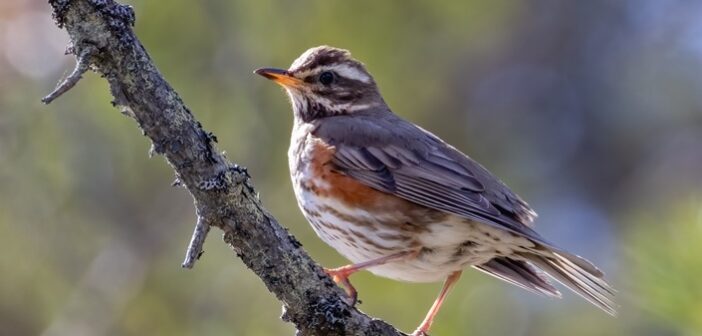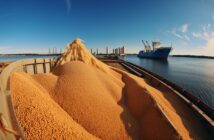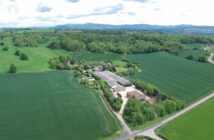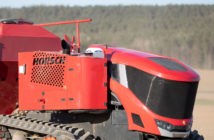The results of this year’s Big Farmland Bird Count (BFBC) point to the success of agri-environment schemes, making a strong case for farmer-led conservation investment, the organisers claim.
Run by the Game & Wildlife Conservation Trust (GWCT) since 2014, and sponsored by the National Farmers’ Union (NFU), the BFBC encourages farmers and land owners to go out and count the species and number of birds on their land during a two-week window in February every year.
During the 2025 BFBC a total of 358,913 birds, belonging to 125 species, were recorded across 283,227 hectares of farmland on 1,369 farms and estates.
There were notable decreases in sightings of some species, including red-listed fieldfares which were down 52%, long-tailed tits which were down 27%, and curlew with a 25% drop, year-on-year. On a positive note, recordings of red-listed common gulls were up 112% and sightings of amber-listed kestrels increased by 182%.
In total 145,681 red-listed birds were counted including 26 different species. Of these, the most abundant were starling, lapwing, common gull, linnet and fieldfare.
Grass fields – a hotspot for birds
At TV personality Adam Henson’s Cotswold Farm Park, ornithologist Andrew Goodall, recorded the birds he saw on the day.
Andrew said: “We walked through a variety of habitats including arable, hedgerows, scrub and grassland. It was pleasing to count about 20 Redwing flitting through the bushes in search of food. These birds like their cousins, the fieldfare, visit us from Scandinavia for the winter. Redwing will feed on grassland, also woodland and under scrub in the leaf litter, so untidy areas are great for these beautiful thrushes.
“The grass fields seemed to be a hotspot for birds on Adam’s farm. Sheep were grazing and in with them was a large flock of starlings, about 120 birds, also feeding with 30 fieldfare. What was more pleasing was a mixed feeding flock of lapwing and golden plover.
“No rarities were noted on the walk, but it isn’t about the rare, as so much can be learned from watching common birds and of course the count provides a valuable opportunity to take a snapshot of what is on your farm in February each year.”
Of the 1,369 farms where counts took place this year, 65% were in agri-environment schemes, and nearly half undertook supplementary feeding of birds in winter and many had planted wild bird seed mixes on their land to provide food, both of which are Sustainable Farming Incentive (SFI) options.
Need to show schemes offer ‘value for money’
The GWCT’s director of advisory and education, Roger Draycott said that confirmation in the Chancellor’s Spending Review that the SFI scheme had been secured until 2029 was critical to UK nature recovery.
He added: “Of immediate concern are the several thousand Countryside Stewardship agreements that expire on 31 December – thousands of hectares of valuable habitat could be lost unless the Government provides urgent reassurance to these farms that SFI will be available to them next year.
“To ensure further investment beyond that, we need to demonstrate as a sector that these schemes are delivering value for public money. One of the ways farmers can do this is by taking part in the annual BFBC.”
“Many of the options in the SFI are based on GWCT science. They are well-funded and well designed to fit in around modern farming systems and I would encourage farmers to apply for the scheme when it reopens.”
Wales
In Wales, 34 farmers and land managers counted a total of 4,565 birds, belonging to 81 species, across 5,727 hectares of farmland. The most abundant species spotted were starling, jackdaw, house sparrow, wood pigeon and robin.
Scotland
In Scotland, 72 farmers and land managers counted a total of 13,345 birds, belonging to 97 species, across 31,550 hectares of farmland. The most abundant species recorded were wood pigeon, jackdaw, chaffinch and rook.
In total 3,667 red-listed birds were counted including 19 different species. Of these the most abundant was lapwing.




